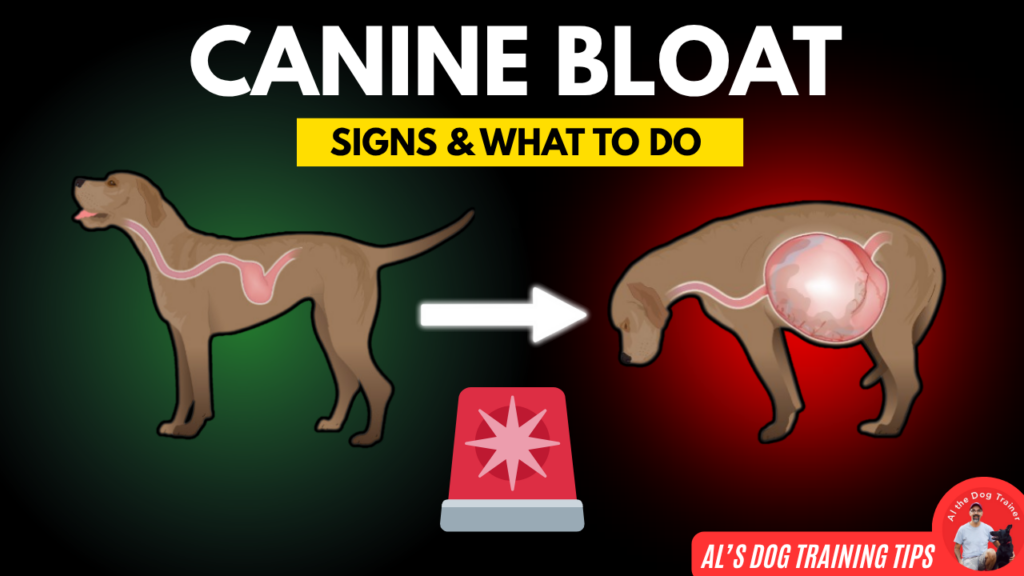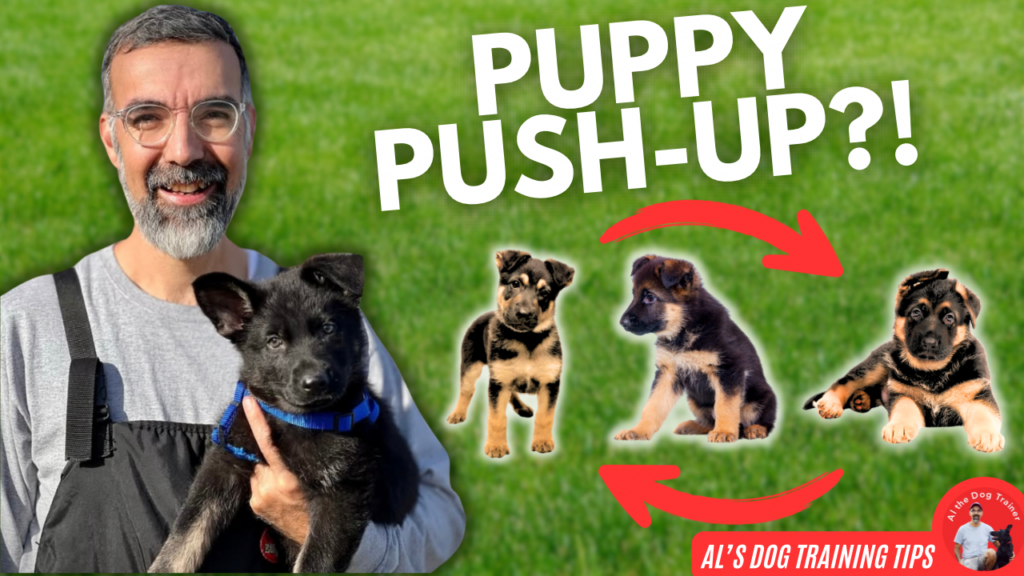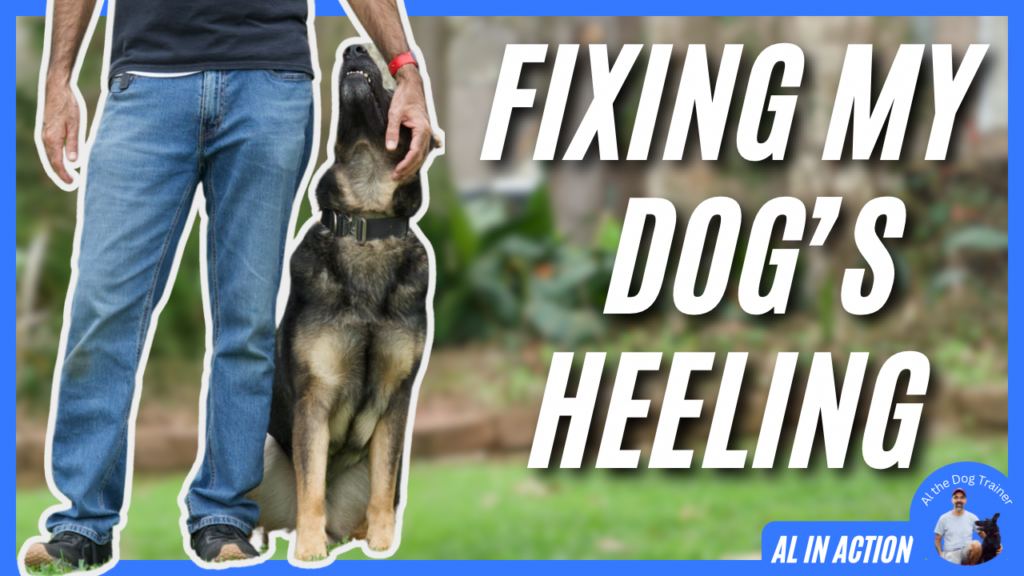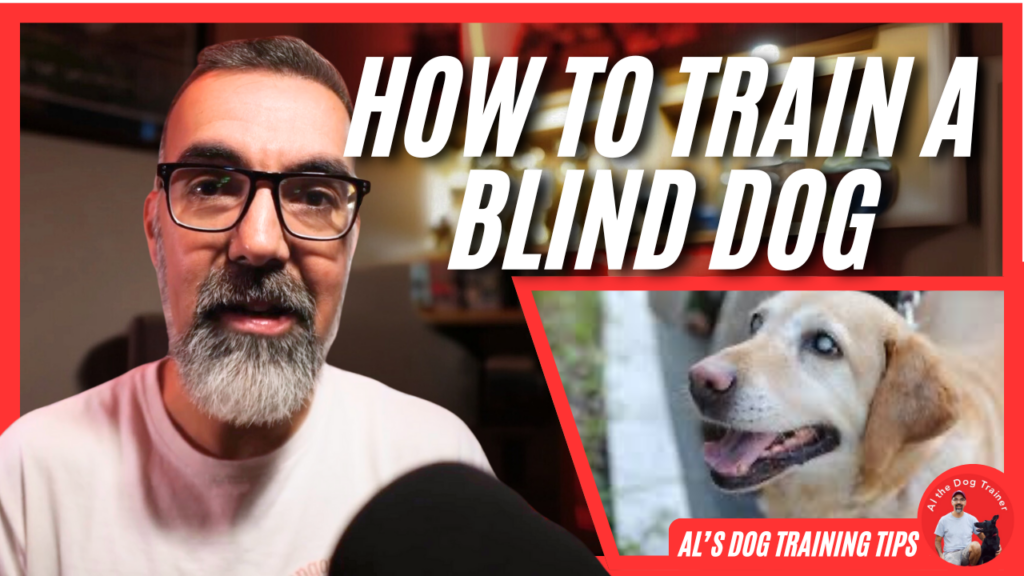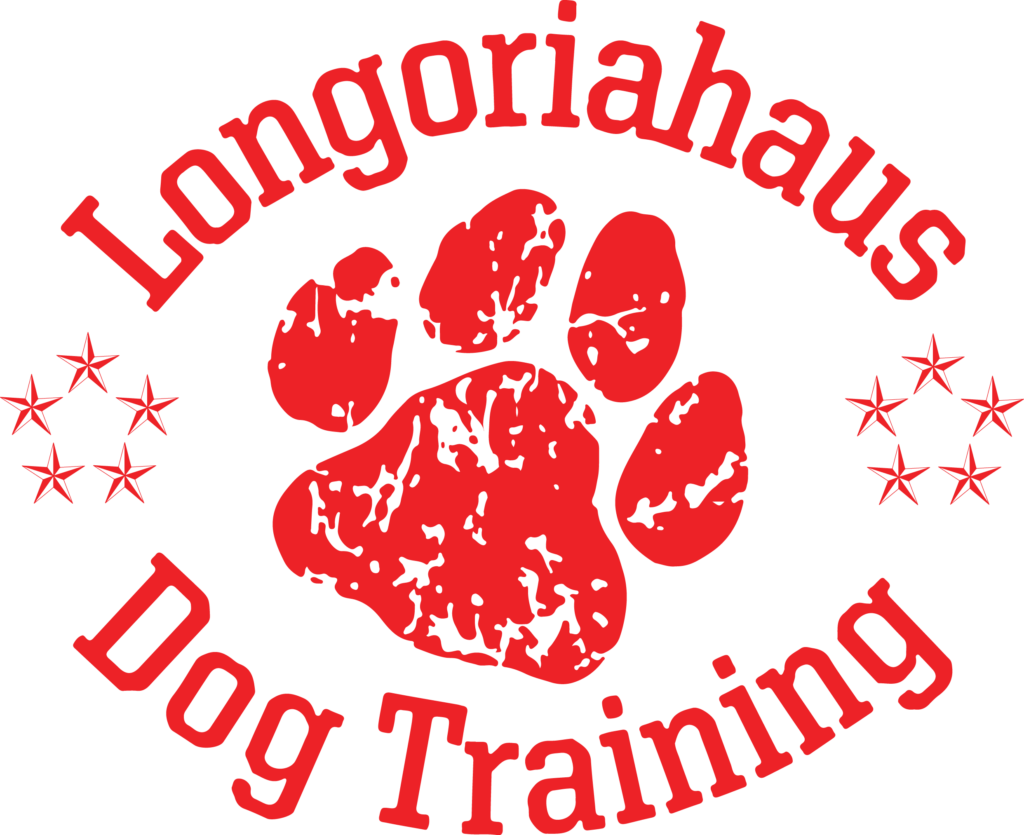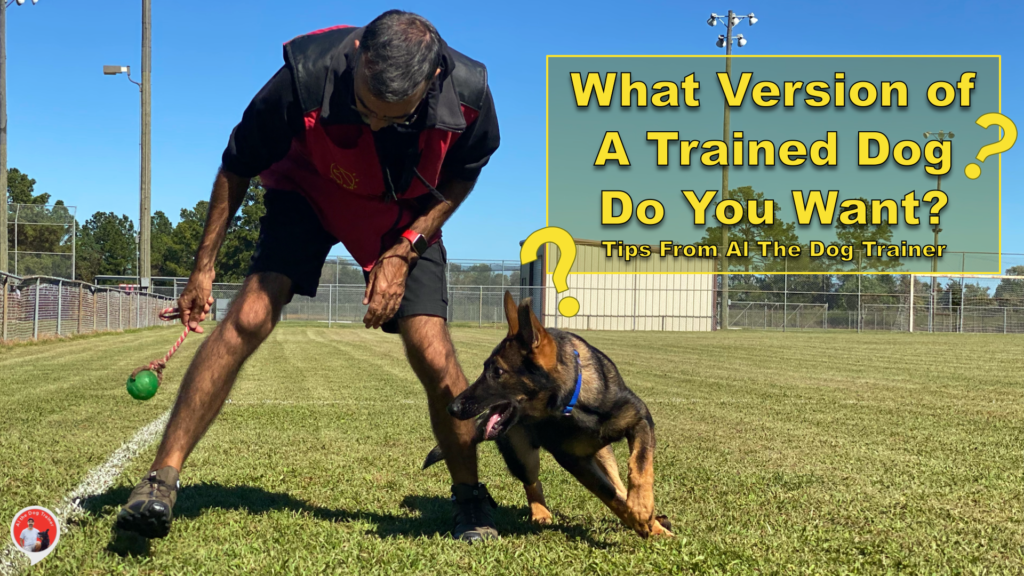
So when I introduce people to my dog training I cover several concepts, and I cover the basics of what I believe every dog should know, like what should be in their foundation. I also cover the four different categories of the technical aspects they will have to learn about dog training. I then begin to talk about how dogs form memories through reward and punishment. And then the very last thing that I talk about before I start evaluating and training a dog is the different ways that people can train.
Reactive Approach
So there are two ways that you could think about that people train. The majority of people struggling with their dogs are training with a reactive approach. So what that means is that they’re giving the dog a lot of freedom. And then, any time the dog is doing something that they don’t want the dog to do, they attempt to communicate “no”. And so maybe the dog stops. Perhaps the dog doesn’t. Sometimes the humans get more frustrated, and maybe the dog gets away with it. Or maybe the dog gets more frustrated.
The bad news is that when you’re training with a reactive approach, the percentage of “no” compared to “yes” is too high. If that’s the case, if you’re training reactively, your dog would technically be a failure; they would be failing because they would be hearing “no”, let’s call it more than 30% of the time.
Obviously, in grade school, the last time that I was there was several decades ago. If you got less than 70% or if you made 31% mistakes, that was an F. So you wanted to be at least above that level. So then trainers like myself, encourage your clients to take on a more challenging dog training approach.
And what approach is that? Might you ask?
Proactive Approach
It is a proactive one. So in a proactive dog training approach, there are several things that kind of stand out to me. There might be more, but these are at least the ones that stand out to me. One, your dog has to be with you, and they must be out of their crate. It’s an excellent way to manage them, but to be able to train proactively, your dog has to be out of its containment.
Two, here’s where it starts to get complicated. Trainers like myself will ask you to reward your dog at a clip of 80% to 95%. That’s high, and it sounds nice to get your dog to solve 80% to 95% of the problems that you present to them, right? It’s not so easy, but it is worth doing. Because if you can do that for your dog, you’re going to teach them how to do something, and they’re going to become quite skilled.
But why in the world is it 80% to 95%? Well, the inverse of that is that your dog should be making some mistakes. And as your dog is making mistakes, I don’t want that to be any greater than 20% maybe even 30%, if I were honest. But I don’t want it to go any less than 5%. I like your dog to have some mistakes in their training. And why is that?
Your Dog is 100% Right
Well, if your dog is 100%, right, there’s nothing new to learn. But if your dog is making some mistakes, that means that you’re challenging your dog, and there’s still room for growth. That’s good.
Okay, so far, the dog is with you. You’re rewarding at an 80% to 95% rate. And then the other thing is the degree of diligence and organization that you’re going to have to execute to have this proactive training program.
I’ll give a simple tip. If you’re training in a proactive training program, your dog is probably managed in a crate. Good. So over the top of the crate should be, at a minimum, your treat pouch, and your slip leash or whatever training collar leash combo that you’re going to use to work with your dog. And then, each and every time that your dog comes out of containment, you should put on the treat pouch filled with yummy things for your dog to eat. And a leash should go on your dog.
So the question I often get at this point is this. So my dog is going to walk around the house with a leash? Yes, for a little while as you train proactively. Because if you train proactively for 20 minutes or let’s call it two weeks or six weeks or two years or six years or a lifetime, then that’s what version of a trained dog that you’re going to get.
Always remember you can visit my YouTube Channel for helpful videos and find more tips just like this right here at www.longoriahausdogtraining.com.
Happy Training!

